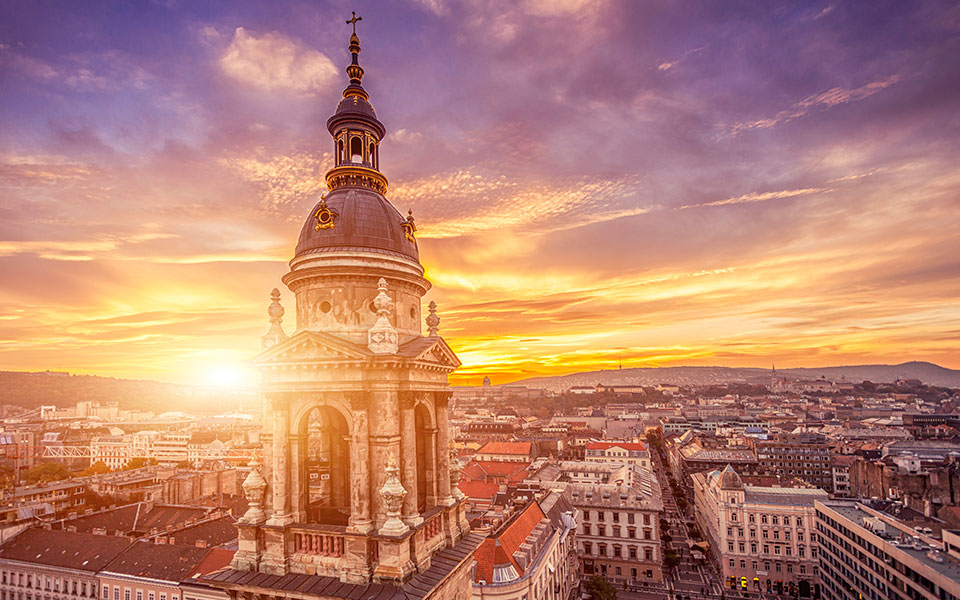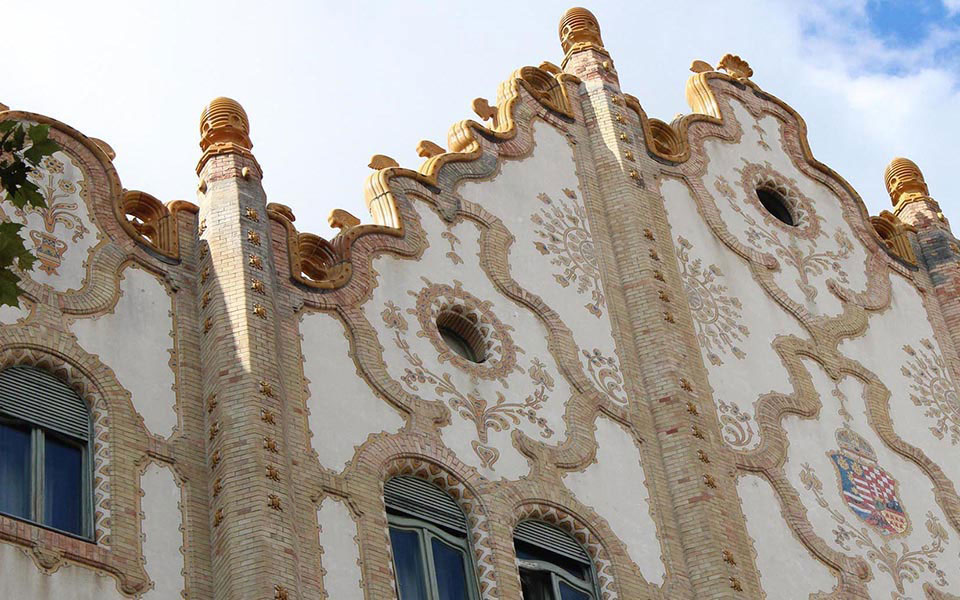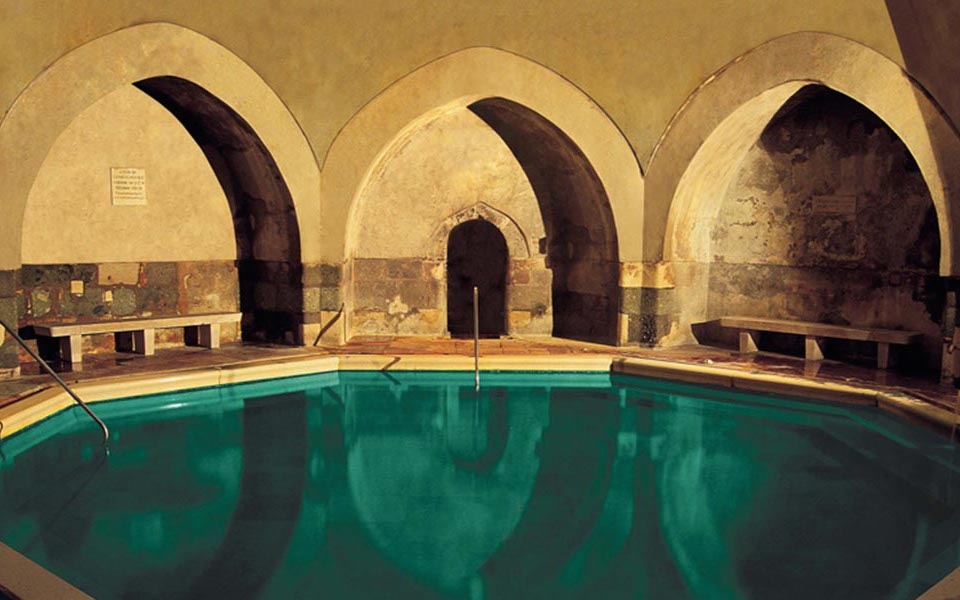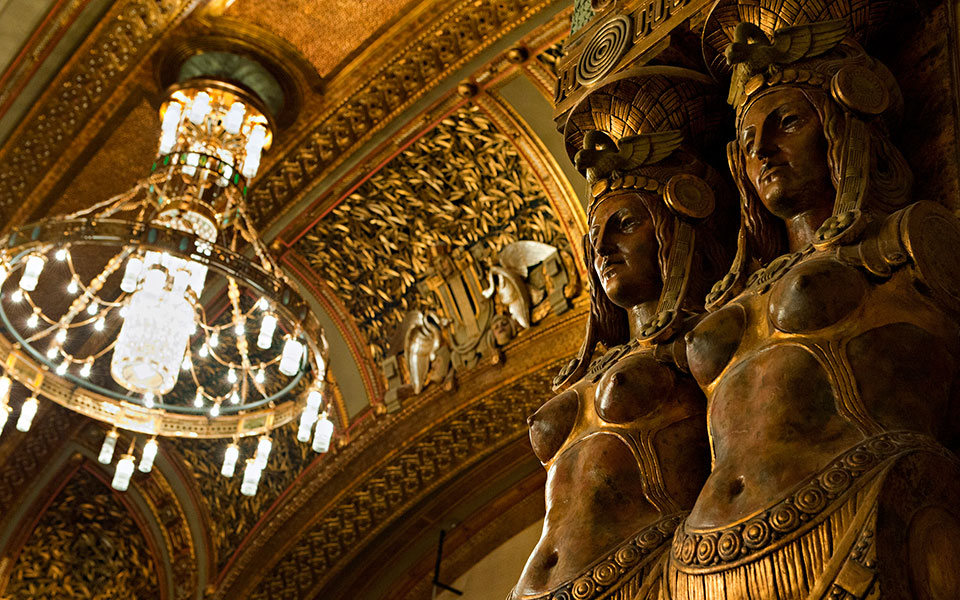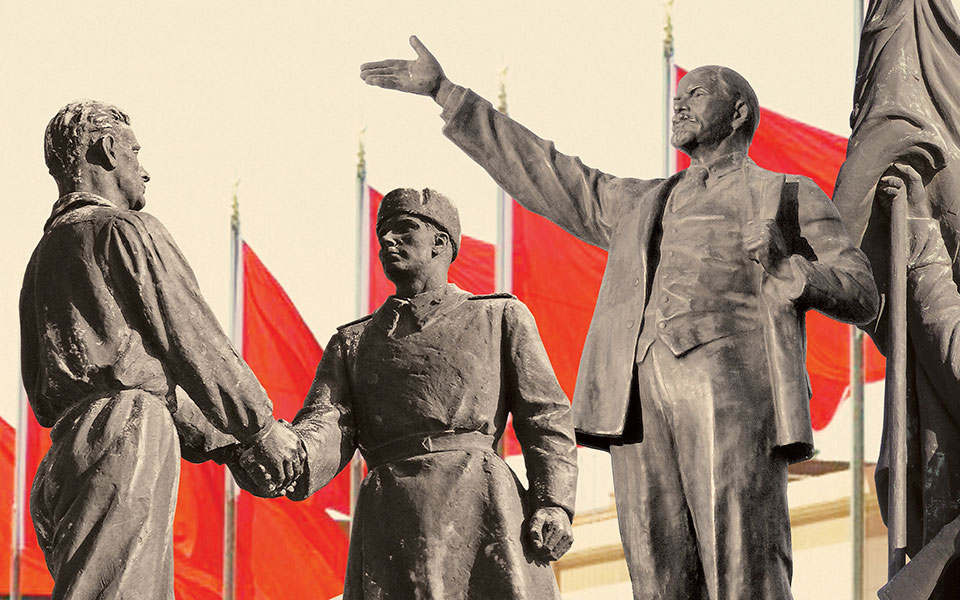Roman history is some of Budapest’s earliest. Aquincum, as this area was called during the Roman era, was located in the northern part of the Pannonian region of the Roman Empire. While the Romans were the first to really develop the area, the city back then was very different from the one we live in today.
Acuincum was primarily a military base, part of the border protection system set up by the empire. From a cavalry of 500 in 41 AD, by the end of the second century, it was home to around 30,000 people who would have enjoyed central heating in their homes, access to bathhouses and two amphitheaters – modern features by standards of the day.
Download our Free Budapest Guides to learn how you can make the most of your trip.
Today, if you want to go searching for some remains, you need to get yourself over to the Óbuda district of the city, itself a lovely, relaxed neighborhood well worthy of an afternoon spent exploring. Here are some things to check out:
Aquincum Military Amphitheatre
The first and largest of the aforementioned amphitheaters, inscriptions indicate is was built by the Legio II Adiutrix during the reign of Antoninus Pius and used primarily as a training ground for the cavalry. At 131.8 meters long and 108.4 meters wide; and with an arena measuring 89.6 meters by 66.1 meters, it was, in fact, larger than the Colosseum in Rome and could house up to 13,000 people.
 Photo: Wikipedia Common
Photo: Wikipedia Common
Aquincum Civil Amphitheatre
The smaller of the two preserved amphitheaters in the city, the Aquincum Civil Amphitheatre was built between 250 – 300 AD and one of the most interesting things to see is the inscription of Greek goddess Nemesis just south of the western gate. The 6,000 or 7,000 spectators that the amphitheatre could hold would have enjoyed various sporting events, animal hunts, gladiatorial games and other civic events and speeches in tribute to the emperor.

Photo: Ádám Németh’s virtual reconstructions
The Aqueduct
The Aqueduct that ran through the city can be considered one of the greatest architectural achievements of the era and supplied people water from the Római Strandfürdő. Spring water was collected in terracotta vessels then pumped up into the aqueduct which was built on grand connecting arches. All in all, the aqueduct was about 5km long.
Download our Free Budapest Guides to learn how you can make the most of your trip.
Today, the full grandeur has been lost to time, but some of the remaining pillars can be seen in the park north of the Aquincum Museum, and a reconstructed section lives on Szentendrei Road between Aquincum and Kaszásdűlő metro stations.
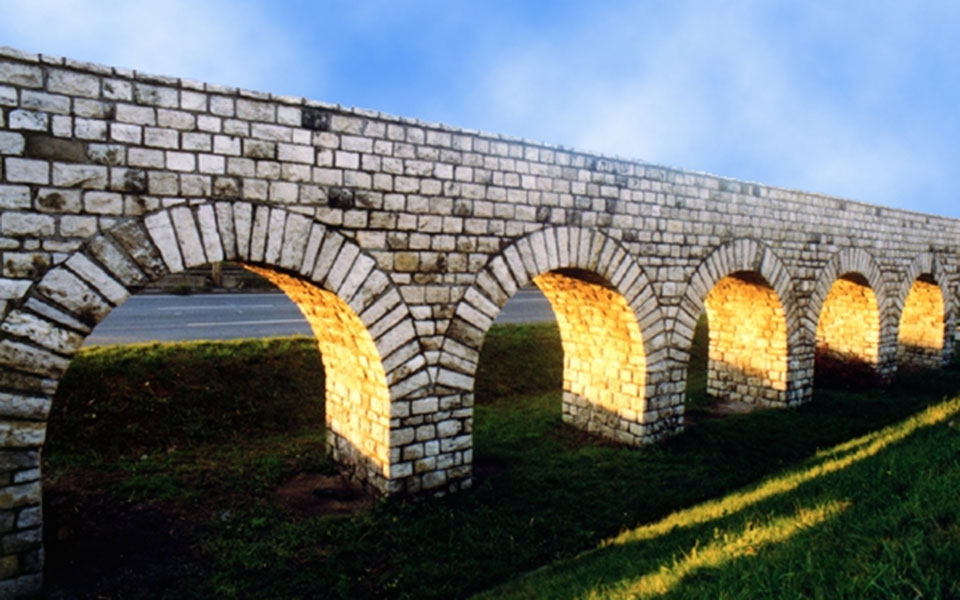 Photo: Aquincum Museum
Photo: Aquincum Museum
Aquincum Mithraeum
Another fascinating set of ruins in the Óbuda part of the city, the Aquincum Mithraeum – mithraeum means temple – was excavated in 1888 and due to its location – attached to a large house in the center of the settlement – it’s believed to have belonged to a person of great importance, most likely local senator Marcus Antonius Victorinus. The temple is divided into 3 rooms and includes an altar, shrines and beautifully preserved inscriptions and sculptures.
Aquincum Museum
If you like to learn as well as look at history, then the Aquincum Museum is worth checking out. Open since 1984, it is located next to the ruins themselves and houses a hydraulic system, remains from Roman houses and paintings unearthed on the site. You can easily lose a few hours here imagining what life would have been like in those days.
ADDRESS 135 Szentendrei út, 1031 Budapest SHOW ON MAP
OPENING HOURS 10am–6pm Tue-Sun, closed on Monday
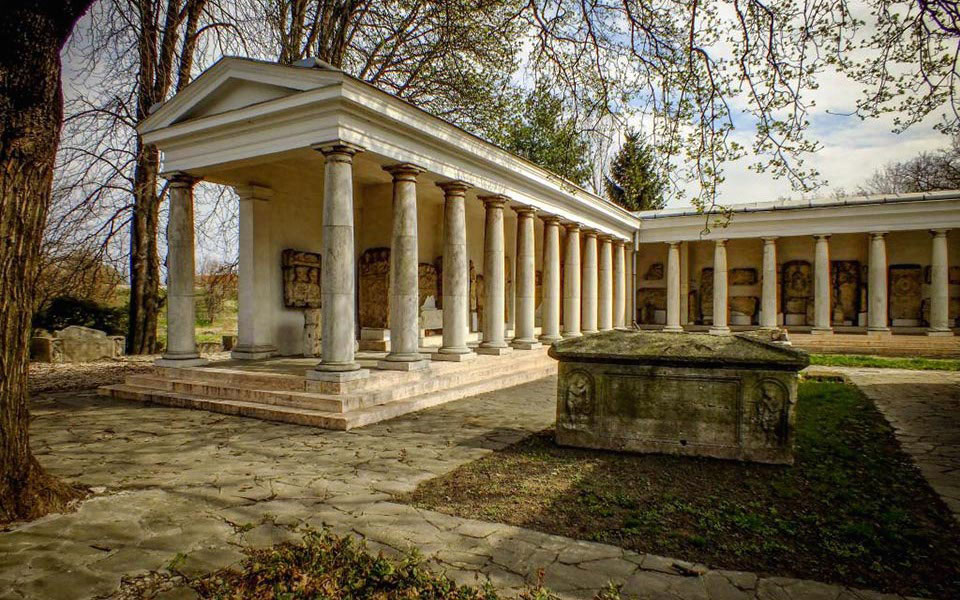 Photo: István Neubrandt, aquincum.hu
Photo: István Neubrandt, aquincum.hu
Contra-Aquincum
If you want to check out some Roman ruins a little closer to town, the remains of an old fortress can be found not too far from Ferenciek Square, just by the banks of the river next to Elizabeth Bridge. The fortress – originally built in 296 – was 84 x 86 meters wide and had walls of 3,5 meters thick and 10 meters high, standing guard on the banks of the river which happened to outline the very outer reaches of the Roman Empire. Today, what’s left of the ruins are visible under glass panels in this pedestrianised part of the city.
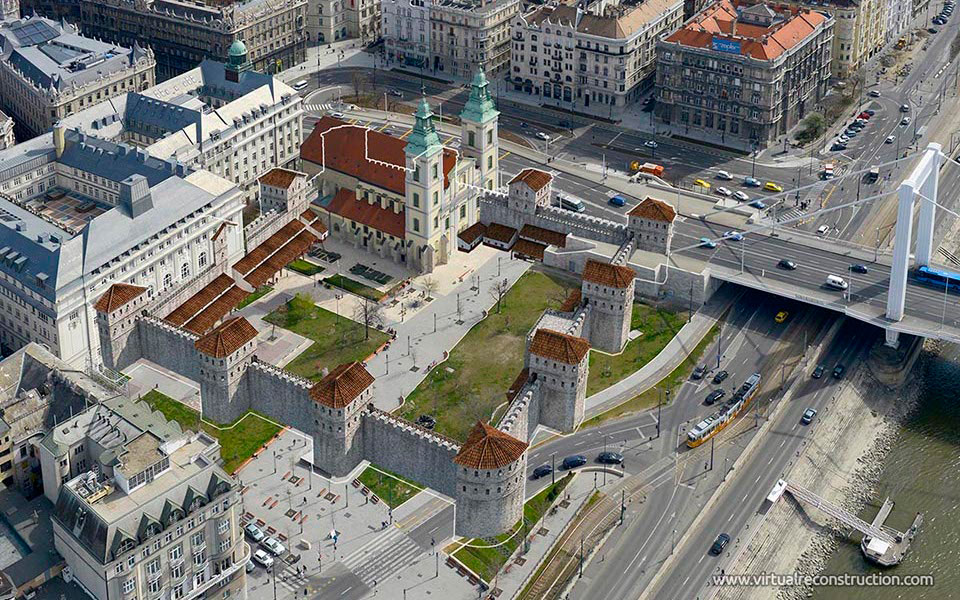 Photo: Ádám Németh’s virtual reconstructions
Photo: Ádám Németh’s virtual reconstructions
If you want to learn more about Budapest’s history, make sure you read our articles about the Ottoman era, the city’s Golden Age and about Communist Budapest.
Related Experiences
Communist Budapest
3 hours 65 USD
Travel back in time to 20th-century communist Hungary and enjoy a fascinating glimpse into what life was like in Budapest.
LEARN MORE
Budapest Grand Walk
4h 69 USD
Explore the most beautiful neighborhoods of Pest on this 4-hour walk and learn about the city’s rich history and culture.
LEARN MORE
Budapest’s Art Nouveau
3 hours 65 USD
Explore Budapest’s stunning Art Nouveau architecture and learn about its culture and history during the turn of the century.



